Growth in Agriculture Sector
The Limestone Market is witnessing growth due to its essential role in the agriculture sector. Limestone Market is widely used as a soil amendment to improve soil quality and enhance crop yields. In 2025, the agricultural sector is projected to account for around 20% of limestone consumption, driven by the increasing need for soil correction and nutrient management. The rising global population and the corresponding demand for food are likely to further stimulate the use of limestone in agriculture. Additionally, the trend towards organic farming practices may also contribute to the growth of the Limestone Market, as farmers seek natural solutions to enhance soil fertility. This dual demand from both conventional and organic farming practices indicates a robust future for limestone in the agricultural domain.
Rising Demand in Construction Sector
The Limestone Market is experiencing a notable surge in demand, primarily driven by the construction sector. As urbanization accelerates, the need for limestone as a key ingredient in cement production is increasing. In 2025, the construction industry is projected to consume approximately 70% of the total limestone production, highlighting its critical role. Furthermore, limestone is utilized in various construction applications, including road base, concrete aggregate, and as a filler in asphalt. This growing demand is likely to propel the Limestone Market forward, as infrastructure projects continue to expand across various regions. The increasing focus on sustainable construction practices may also enhance the demand for limestone, given its natural properties and lower environmental impact compared to synthetic alternatives.
Increasing Use in Industrial Applications
The Limestone Market is experiencing a diversification of applications, particularly in industrial sectors. Limestone Market is increasingly utilized in the production of glass, plastics, and chemicals, which are essential for various manufacturing processes. In 2025, it is projected that industrial applications will account for approximately 25% of limestone consumption, reflecting a growing trend towards the use of natural materials in manufacturing. The versatility of limestone as a filler and a functional additive is likely to drive its demand in these sectors. Additionally, the shift towards sustainable manufacturing practices may further enhance the appeal of limestone, as industries seek to reduce their carbon footprint. This trend indicates a promising outlook for the Limestone Market, as it adapts to the evolving needs of diverse industrial applications.
Environmental Regulations Favoring Limestone Use
The Limestone Market is positively influenced by stringent environmental regulations that promote the use of natural materials. Governments are increasingly advocating for sustainable practices, which often include the use of limestone in various applications. For instance, limestone is utilized in flue gas desulfurization processes to reduce sulfur dioxide emissions from power plants. This regulatory push is expected to bolster the demand for limestone, as industries seek to comply with environmental standards. In 2025, it is anticipated that the market for limestone in environmental applications will grow by approximately 15%, reflecting the industry's adaptation to regulatory frameworks. Consequently, the Limestone Market stands to benefit from these trends, as companies invest in cleaner technologies and sustainable practices.
Technological Innovations in Mining and Processing
The Limestone Market is benefiting from technological advancements in mining and processing techniques. Innovations such as automated mining equipment and advanced crushing technologies are enhancing the efficiency of limestone extraction and production. These improvements not only reduce operational costs but also increase the quality of the final product. In 2025, it is estimated that the adoption of new technologies could lead to a 10% increase in production efficiency within the Limestone Market. Furthermore, the integration of digital technologies, such as data analytics and machine learning, is likely to optimize supply chain management and reduce waste. As companies continue to invest in these technologies, the Limestone Market is expected to experience enhanced productivity and profitability.


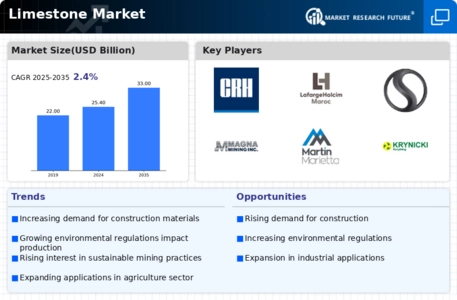
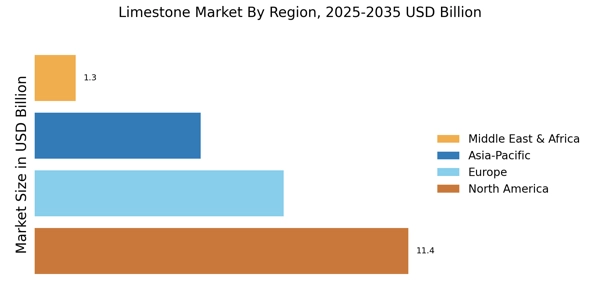
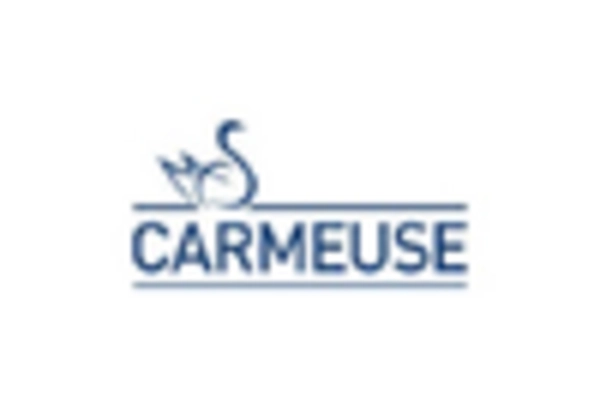


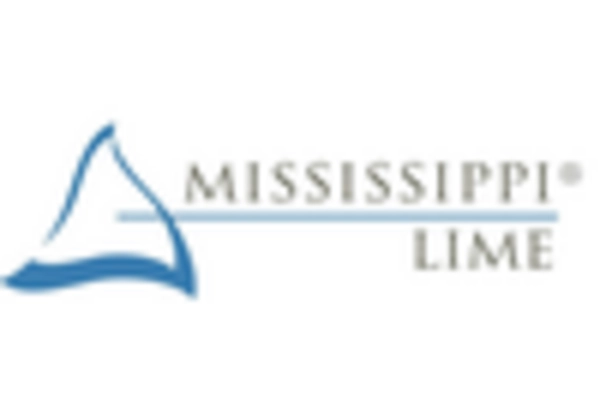

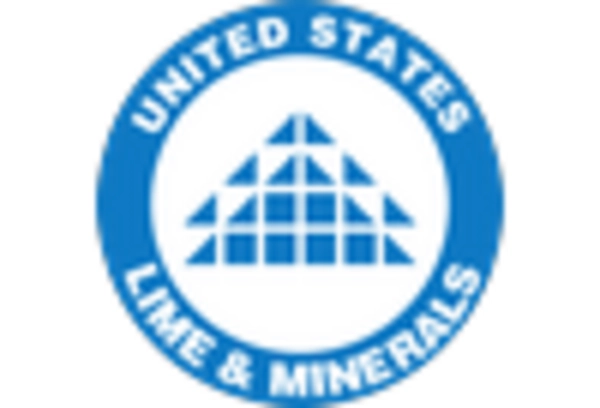








Leave a Comment